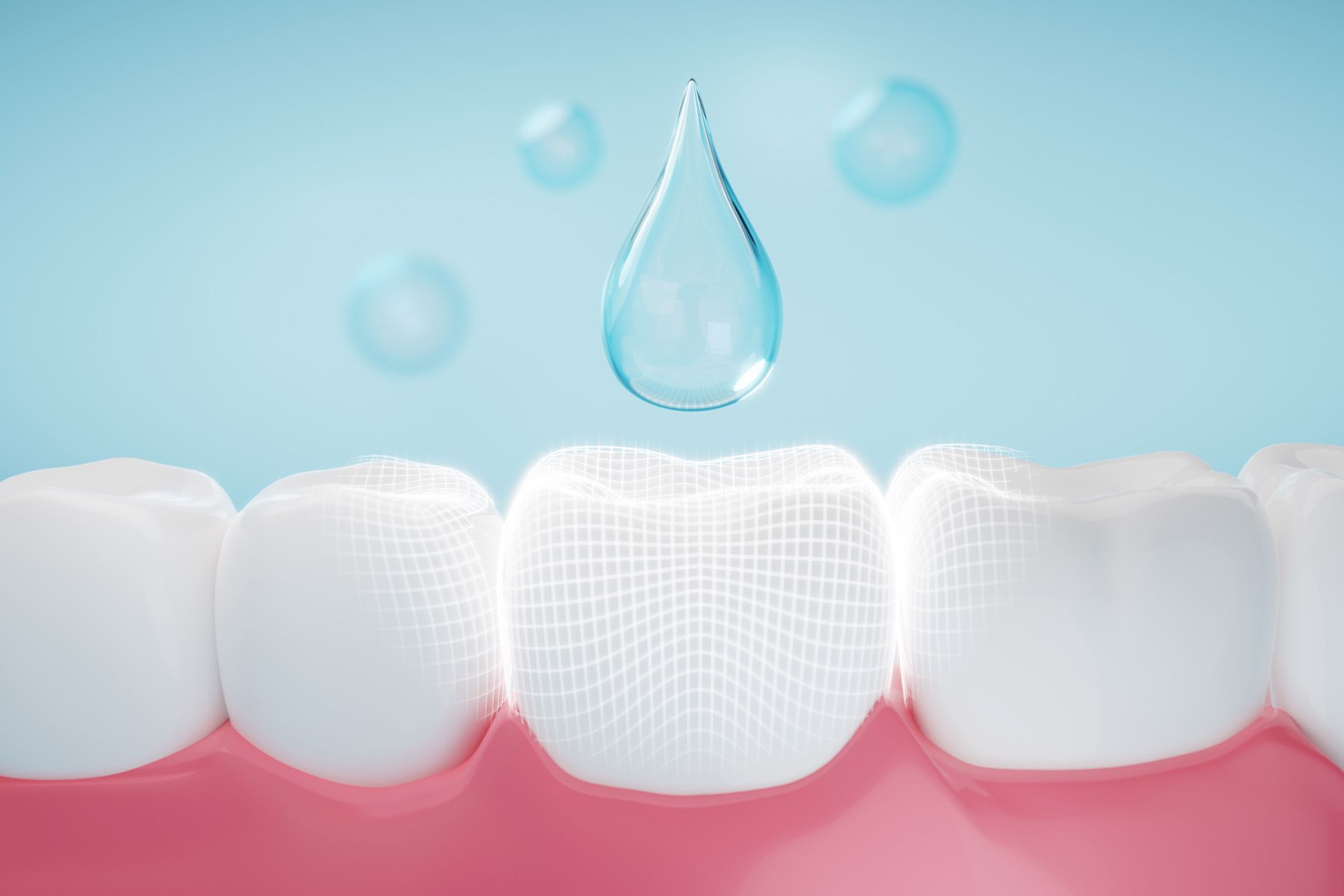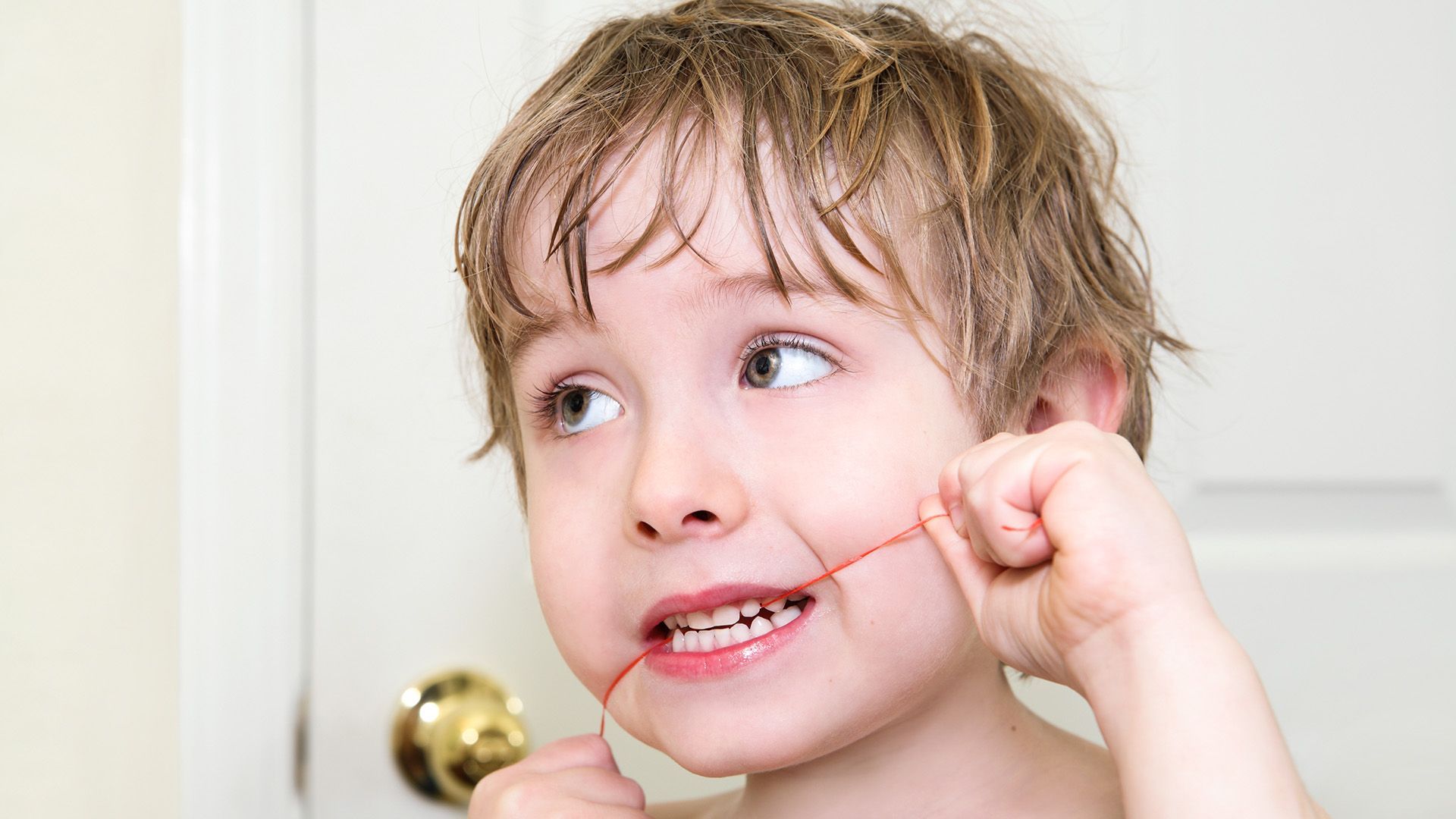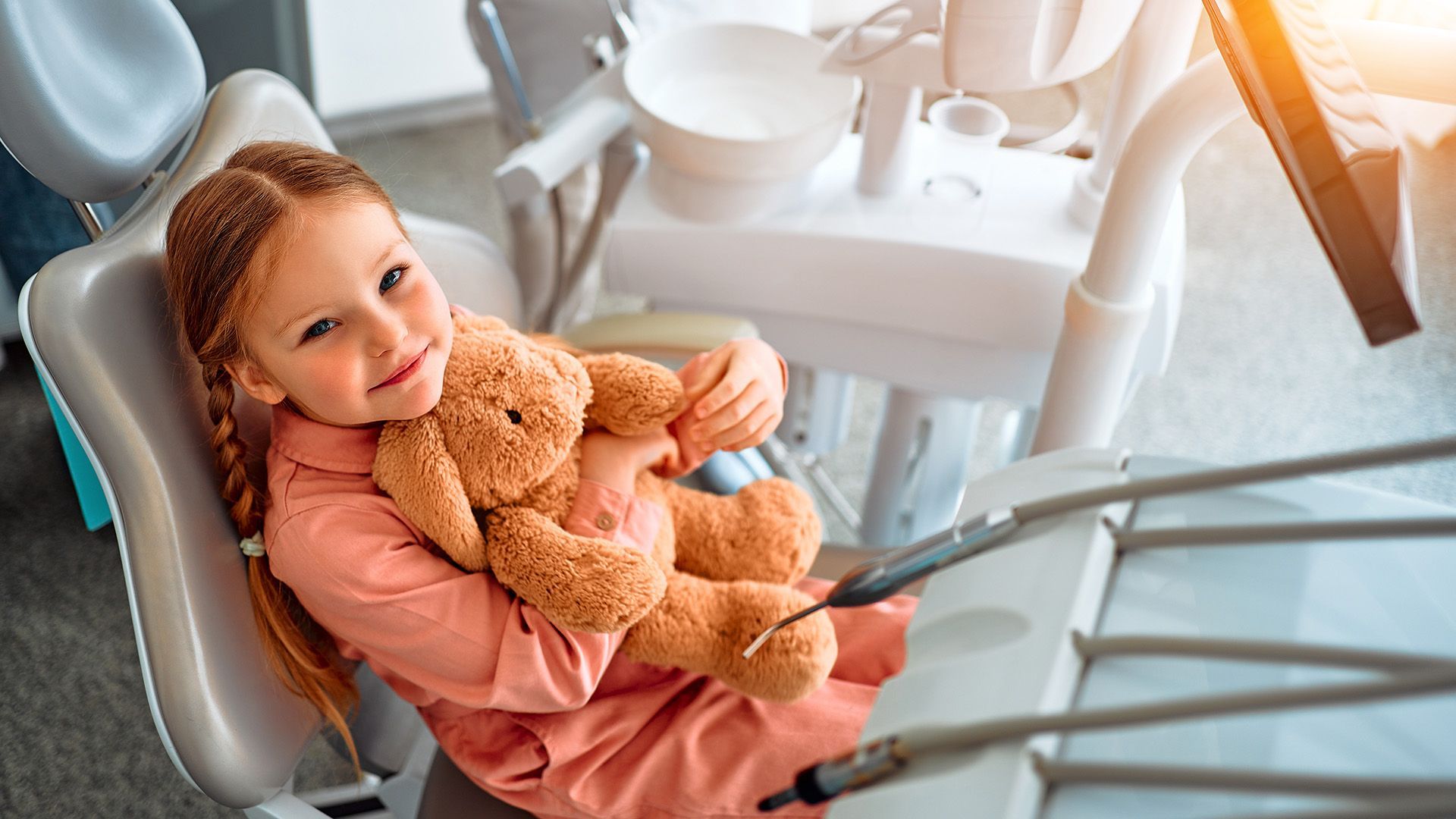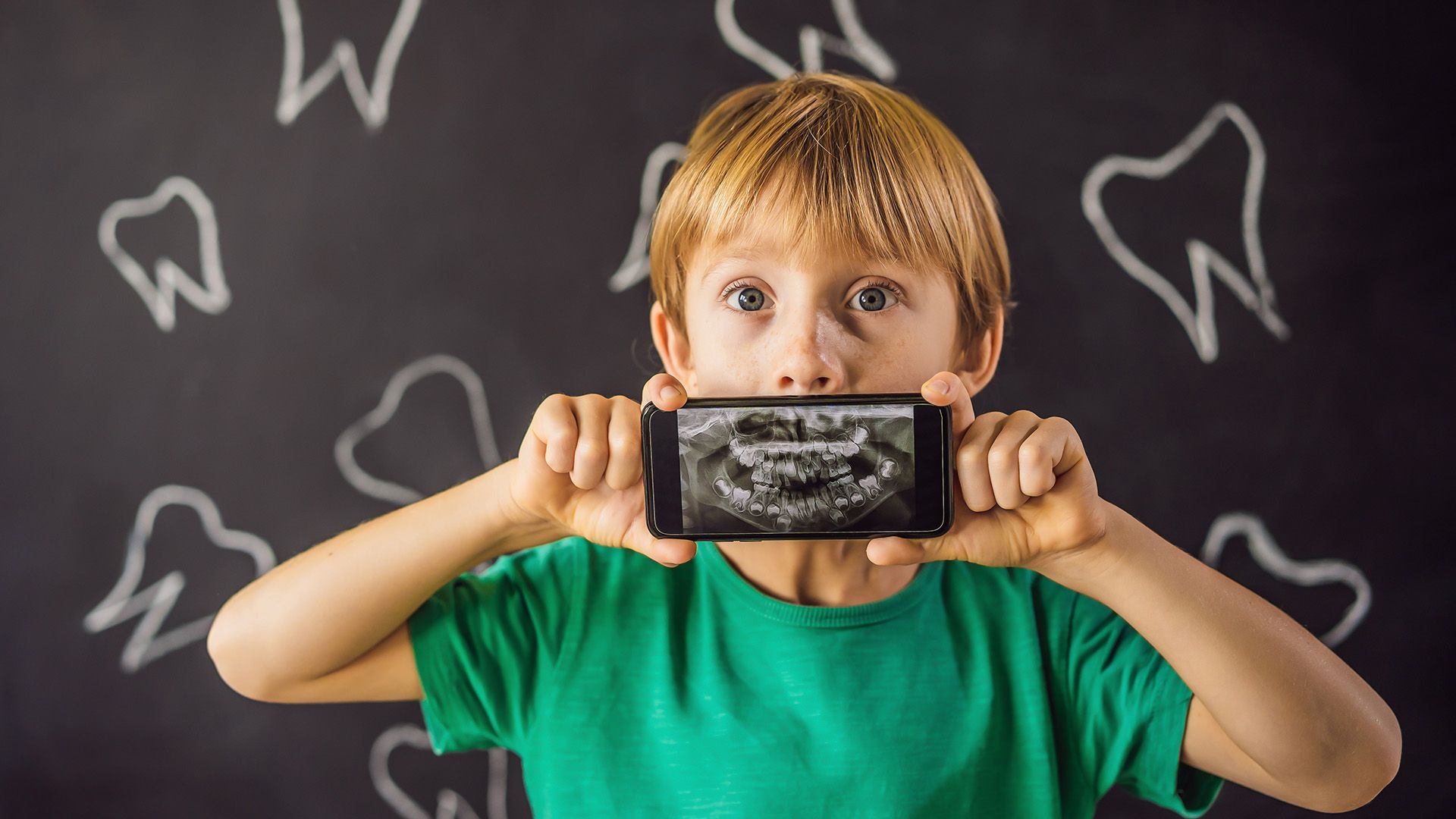At What Age Does a Pacifier Affect Teeth?
Pacifiers can provide comfort to infants, but many parents wonder at what age does a pacifier affect teeth. While pacifiers are a helpful soothing tool during the early months, prolonged use can lead to dental issues as your child grows. Understanding the relationship between pacifier use and dental development is crucial for ensuring your child's oral health. This article explores the age at which pacifiers can begin to impact teeth, how to maintain healthy dental habits, and when it may be time to seek advice from dental professionals. Join us as we delve into this important topic for your child's well-being.

Understanding Pacifiers and Their Use
Pacifiers can be valuable tools for infants, offering several benefits that contribute to their overall well-being. Pacifiers help soothe babies during stressful moments such as teething or sleep time. Additionally, studies have shown that using a pacifier while sleeping may reduce the risk of sudden infant death syndrome (SIDS), making it a beneficial choice for new parents.
Experts typically recommend introducing a pacifier after breastfeeding is established, usually around three to four weeks. Introducing a pacifier too early may interfere with breastfeeding, as it can confuse the baby’s natural sucking reflex. Parents should aim to wean their children off pacifiers by the age of two to minimize potential negative effects on dental health.
Various types of pacifiers are available to suit different preferences and needs. Options include orthodontic pacifiers, which support the natural development of a baby's teeth and jaw, and traditional round-nipple pacifiers. Parents should choose a pacifier that is age-appropriate and made from safe materials, ensuring it is easy to clean and maintain. By understanding the benefits and proper usage of pacifiers, parents can make informed decisions that promote their child's health and development.
How Pacifiers Impact Dental Development
Pacifiers can provide comfort to infants, but their prolonged use may lead to several common dental issues. One primary concern is the development of an improper bite, known as malocclusion. This occurs when the upper and lower teeth do not align correctly, leading to difficulty in chewing and speaking as the child grows. Other issues may include an increased risk of tooth decay, especially if pacifiers are dipped in sugary substances.
Continuous sucking on a pacifier can cause the front teeth to protrude or misalign, leading to an overbite or underbite. This misalignment can alter the natural growth of the jaw and the positioning of other teeth, potentially requiring orthodontic intervention in the future.
Long-term consequences of prolonged pacifier use can extend beyond physical dental issues. Children who rely on pacifiers for extended periods may face challenges in developing proper oral habits and speech patterns. As they transition to more complex forms of communication, any interference caused by dental misalignment can hinder their ability to articulate sounds correctly, impacting their confidence and social interactions.
Understanding the implications of pacifier use on dental development is crucial for parents. Monitoring the duration and frequency of pacifier use can help mitigate potential issues and ensure a healthy oral foundation for children as they grow.
Critical Age for Pacifier Withdrawal
Weaning your child off a pacifier is an important step in their development, particularly as they approach the age of two. By this age, prolonged pacifier use can begin to affect dental health. Parents should consider starting the weaning process if their child shows signs of dependency, such as needing the pacifier for comfort during the day or if it’s become a part of their regular sleep routine.
Signs that pacifier use is affecting dental health can include misalignment of teeth or changes in the shape of the mouth. If you notice that your child’s front teeth are protruding or if their bite seems off, these can be indicators that it’s time to reduce pacifier use. Pediatric dentists recommend monitoring your child’s dental development closely, especially as they transition through critical growth stages.
Transitioning away from pacifiers can be challenging, but effective strategies can make this process smoother. Gradually limiting the time your child uses the pacifier each day can help ease them into the change. Introducing comforting alternatives, such as a soft blanket or a stuffed animal, can provide a sense of security. Positive reinforcement, such as praising your child for going without the pacifier, can also encourage them to let go of it. Remember, each child is different, so patience and consistency are key during this transition.
Maintaining Healthy Teeth While Using a Pacifier
Using a pacifier can provide comfort to infants and toddlers, but it's essential to use it responsibly to maintain their dental health. Limit pacifier use to certain times, such as nap time or bedtime, to reduce the risk of dental issues. Encourage your child to transition away from the pacifier by the age of two, as prolonged use can lead to misalignment of teeth and other oral health problems.
Oral hygiene practices are crucial for pacifier users. Clean the pacifier regularly by washing it with warm, soapy water and rinsing thoroughly. Avoid sharing pacifiers with others, as this can introduce harmful bacteria. Additionally, it’s a good idea to clean your child’s mouth and gums with a soft, damp cloth, even before their teeth come in. This will help establish good oral hygiene habits early on.
If your child uses a pacifier for soothing, consider alternative methods that can provide comfort without potential dental risks. Gentle rocking, cuddling, or using a favorite soft toy can help soothe your child. Introducing a bedtime routine that includes reading or singing can also distract them from the need for a pacifier. By being mindful of pacifier use and incorporating these practices, you can help ensure your child's teeth develop healthily.
Comparing Pacifiers and Thumb Sucking
When considering the effects on dental health, it's important to understand the differences between pacifiers and thumb sucking. Both habits can impact dental alignment, but they do so in distinct ways. Pacifiers are designed to mimic the shape of a mother's nipple, which can help soothe infants. However, prolonged use, particularly beyond the age of two, can lead to issues such as misalignment of the teeth and changes in the shape of the mouth. On the other hand, thumb sucking is a natural reflex that many children exhibit, often for comfort. While thumb sucking can also lead to dental complications, it generally occurs with less intensity than pacifier use, allowing for a more gradual adjustment as the child grows.
In some cases, thumb sucking may even be preferable to pacifier use. Since thumb sucking is self-regulated, children may naturally stop the habit as they mature. This organic cessation can be less stressful than weaning a child off a pacifier, which may require additional parental intervention.
If thumb sucking becomes a concern, addressing the behavior can be approached in various ways. Positive reinforcement is often effective; praising your child for not sucking their thumb or providing distractions can help break the habit. Creating a calm environment and discussing the importance of oral health can encourage children to move away from thumb sucking while reinforcing good dental practices.
Consulting with Dental Professionals
As a parent, understanding when to seek advice from a pediatric dentist is crucial, especially concerning pacifier use and its impact on dental health. It's generally recommended to consult with a dental professional as soon as your child's first teeth emerge, or by their first birthday. This early intervention can help identify any potential issues before they become more serious.
Regular dental check-ups play a significant role in your child's oral health. These visits allow the dentist to monitor the development of your child's teeth and jaw, providing you with valuable information on how pacifier use might be affecting their dental alignment. Typically, check-ups are suggested every six months, but your dentist may recommend more frequent visits based on your child's specific needs.
During a dental consultation regarding pacifier use, you can expect the pediatric dentist to conduct a thorough examination of your child's mouth. They will assess the growth and positioning of the teeth, looking for any signs of misalignment or other issues that could arise from prolonged pacifier use. Additionally, the dentist will provide tailored advice on how to transition away from the pacifier if necessary, ensuring that your child's dental health remains a priority. By partnering with a dental professional, you can support your child's healthy smile and address any concerns about pacifier use in a timely manner.









